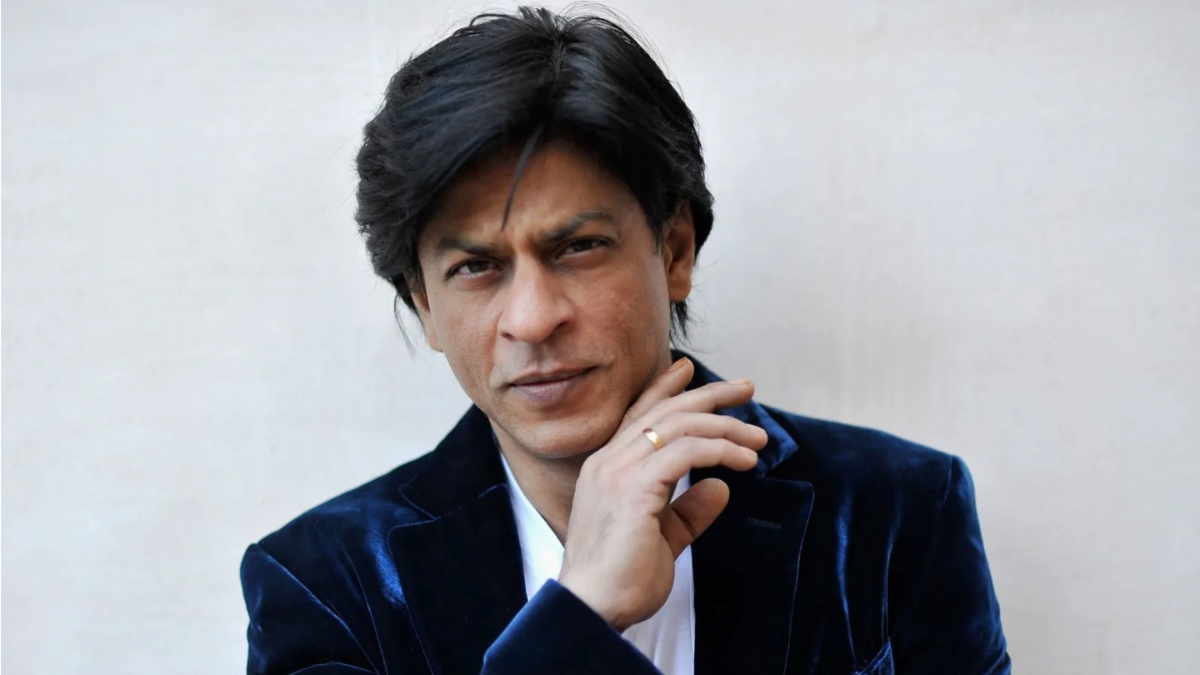At the time that you read this, the Aamir Khan-starrer Dangal will have crossed the Rs 1,000 crore mark at the Chinese box office.
Dangal’s success story in China — coming as it does, five months after its theatrical release in India and elsewhere — has triggered a stream of breathless box office updates, analytical thinkpieces, and odes aplenty. As it should.
On Firstpost: Dangal’s China success story continues, as box office collection zooms to Rs 980 crore
On 31 May, trade analyst Ramesh Bala tweeted that the Dangal box office collection in China had touched Rs 979.50 crore.
On just 28 May, that figure was at Rs 888 crore, signaling that the film earned over Rs 90 crore over a span of just two-three days.
Let’s look at that fact, and then take a moment to think of the time when the term ‘100-crore club’ used to mean a big deal in Bollywood, and for the other film industries in India.
Baahubali 2: The Conclusion and Dangal have changed the way we think of ‘box office success’ in India.
Before Baahubali 2’s release in April this year, and Dangal’s advent in China, the Rs 790+ crore collected by Aamir’s PK was the highest we’d seen an Indian film go in terms of worldwide, lifetime collections.
Baahubali 2 changed the rules of the game.
And then, Dangal upped the ante.
Aamir went on a promotional tour of China before Dangal released there. He signed up for a Sina Weibo account — and quickly clocked over six lakh followers. His previous films — 3 Idiots and PK — have all done brisk business in the land of the dragon. Chinese audiences seem to identify with the themes of his films, and he’s known there as ‘Uncle Aamir’.
Just to be clear, there is still a long way for Indian films to go in terms of global box office collections, before they can begin to compare with the really big hitters (that are mostly from Hollywood).
However, the combined success of these two films has certainly served the Indian film industry well.
In a column for Forbes titled ‘ No, It’s Not A Typo — Dangal Is Nearing $150 Million At China’s Box Office ’, Rob Cain writes that Baahubali 2 and Dangal have dealt a ‘massive one-two punch to…expectations of what was commercially possible for Indian films, in the domestic and international markets’. “Prior to May 2017, no Indian film had ever reached the $100 million (Rs 650 crore) gross box office threshold at Indian theaters, and none had reached $50 million (Rs 325 crore) in overseas grosses,” Cain points out.
Now while Baahubali 2 has done brisk business in overseas territories (Rs 305 crores at last count — around 40 crores short of the lifetime, worldwide collections of films like Bajirao Mastani, Kick and Happy New Year), it is Dangal’s China triumph — the Rs 1,000 crore earned there — that offers the latest testimony of Bollywood’s ‘soft power’.
The soft power wielded by the Indian entertainment industry isn’t a new phenomenon.
It’s been around since the time Raj Kapoor’s Mera Naam Joker became something of a cultural landmark in Russia, and Amitabh Bachchan, followed by Mithun Chakraborty became mass darlings in Africa.
And there’s the global adulation enjoyed by Shah Rukh Khan post-Dilwale Dulhania Le Jayenge, although a special love is reserved for the superstar in Germany. “As popular as the Pope, but (with) more sex appeal” was how one German newspaper had described Shah Rukh Khan when he visited Berlin to promote Om Shanti Om in 2008. German fans at the time had said that Bollywood (and the IT industry) had transformed their previous perceptions of India.
In the mid-2000s, Kyunki Saas Bhi Kabhi Bahu Thi was so popular in Afghanistan , that anecdotal accounts suggest you couldn’t expect anyone there to answer the phone when the show was being aired around 8-8.30 pm. Thieves reportedly traced the slogan ‘Tulsi Zindabad’ in the dust of a car they’d stripped of its tyres and stereo system.
That Bollywood’s popularity would have spread to places that see a lot of Indian tourist footfalls seems understandable — so Egyptian hawkers referring to Indian women visitors as “Kareena! Aishwarya!” isn’t surprising. Or even to have roadside Romeos in Bali sing out “Kuch Kuch Hota Hai” when they see a couple walk by hand-in-hand.
But to have a teenager from the tiny island country of Timor Leste tell you that Preity Zinta’s Kya Kehna is his favourite film (and then have him rattle off its societal implications) or have folks in Vietnam express sadness about Balika Vadhu actress Pratyusha Banerjee’s suicide — that can be a surreal experience.
Like finding a poster of Shah Rukh Khan in a tiny barbershop in the village of Tarabuco in Bolivia.
Dangal’s success in China deserves to be celebrated, as does Baahubali’s box office collection. It’s a sign that the Indian entertainment industry has been able to translate the goodwill it has built up over the years — in the oddest of corners in the world — into good business.


)




)
)
)
)
)
)
)
)